Introduction: A Pharaoh Unlike Any Other
In the grand story of ancient Egyptian history, few figures stand out as boldly as Hatshepsut—a woman who dared to claim the throne in a world dominated by male rulers. Her reign marked one of Egypt’s most prosperous eras, defined not by endless wars but by peace, trade, and breathtaking monuments. Yet, her story is wrapped in intrigue, for after her death, attempts were made to erase her name and memory from history. Despite these efforts, Hatshepsut endures as one of the most remarkable and successful pharaohs Egypt ever knew.
The Path to the Throne
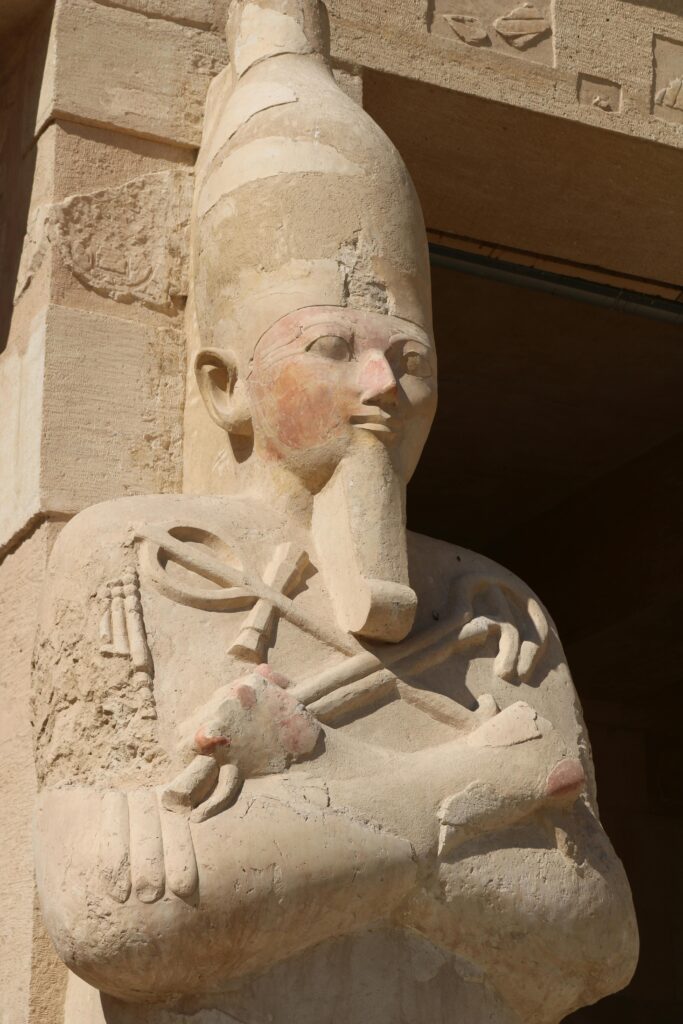
Born the daughter of Pharaoh Thutmose I, Hatshepsut was destined for influence. She strengthened her position by marrying her half-brother, Thutmose II, becoming queen consort. When Thutmose II died, the throne passed to his young son, Thutmose III, who was still a child. Hatshepsut initially stepped in as regent, guiding the kingdom until the boy could rule.
But Hatshepsut took an unprecedented step: she declared herself pharaoh of Egypt. To cement her authority, she adopted the full royal titulary, appeared in masculine regalia, and even wore the iconic false beard of kingship. By invoking both political necessity and divine sanction—emphasizing her ties to the god Amun—she legitimized her rule in a way no woman had done before.
The Reign of Peace and Prosperity
Unlike many of her predecessors, Hatshepsut did not focus on military campaigns. Instead, her reign emphasized stability, diplomacy, and economic growth. One of her most celebrated achievements was the expedition to the Land of Punt, a trading mission that brought back incense, myrrh, exotic animals, and other luxuries that enriched Egypt’s economy and religious practices.
Her legacy is also written in stone. Hatshepsut launched one of the most ambitious building programs in Egyptian history. The jewel of her projects was her mortuary temple at Deir el-Bahri, a breathtaking complex with terraces, colonnades, and reliefs that still awe visitors today. At Karnak, she erected soaring obelisks, including one that remains among the tallest ever built. These monuments were more than architectural marvels—they reinforced her divine right to rule and secured her memory for eternity.
The Erasure and the Legacy
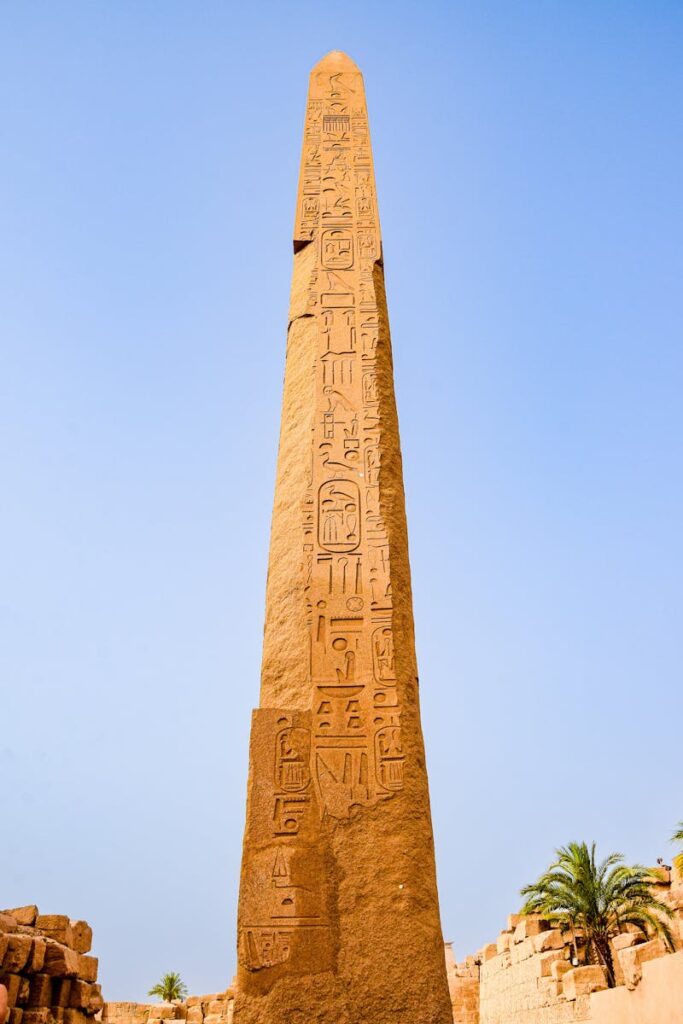
Hatshepsut’s death around 1458 BCE remains shrouded in mystery. After her passing, Thutmose III assumed full kingship. In the years that followed, many of her statues were defaced, her name chiseled away from monuments, and her images systematically destroyed.
Historians debate the motives behind this erasure. Was it an act of revenge by Thutmose III, or a calculated effort to restore the traditional male line of succession? Whatever the reason, the attempt to obliterate her memory ultimately failed. Archaeologists and historians have since pieced together her story, restoring Hatshepsut to her rightful place as one of Egypt’s most powerful and visionary rulers.
Conclusion: A Symbol of Female Power
Hatshepsut’s reign stands as a testament to what a determined leader can achieve, regardless of gender. She transformed Egypt through peace, prosperity, and magnificent architecture. Though others tried to erase her, her name shines today as a symbol of resilience and authority.
Hatshepsut remains more than just a female pharaoh—she is an icon of powerful women in Egypt, a reminder that greatness is defined not by tradition but by the vision and strength to defy it.

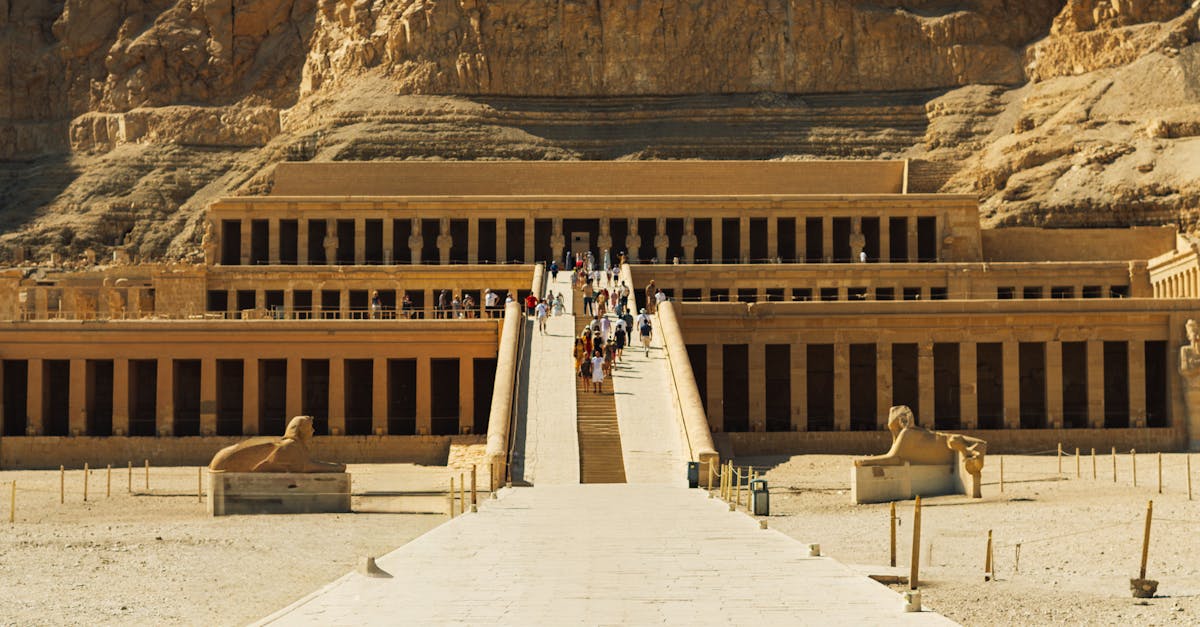

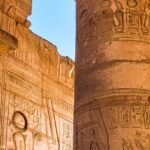
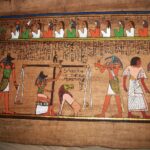
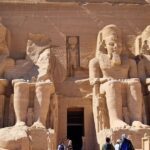
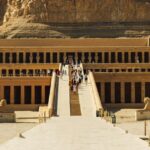
Leave a Reply to Mostafa Gouda Cancel reply